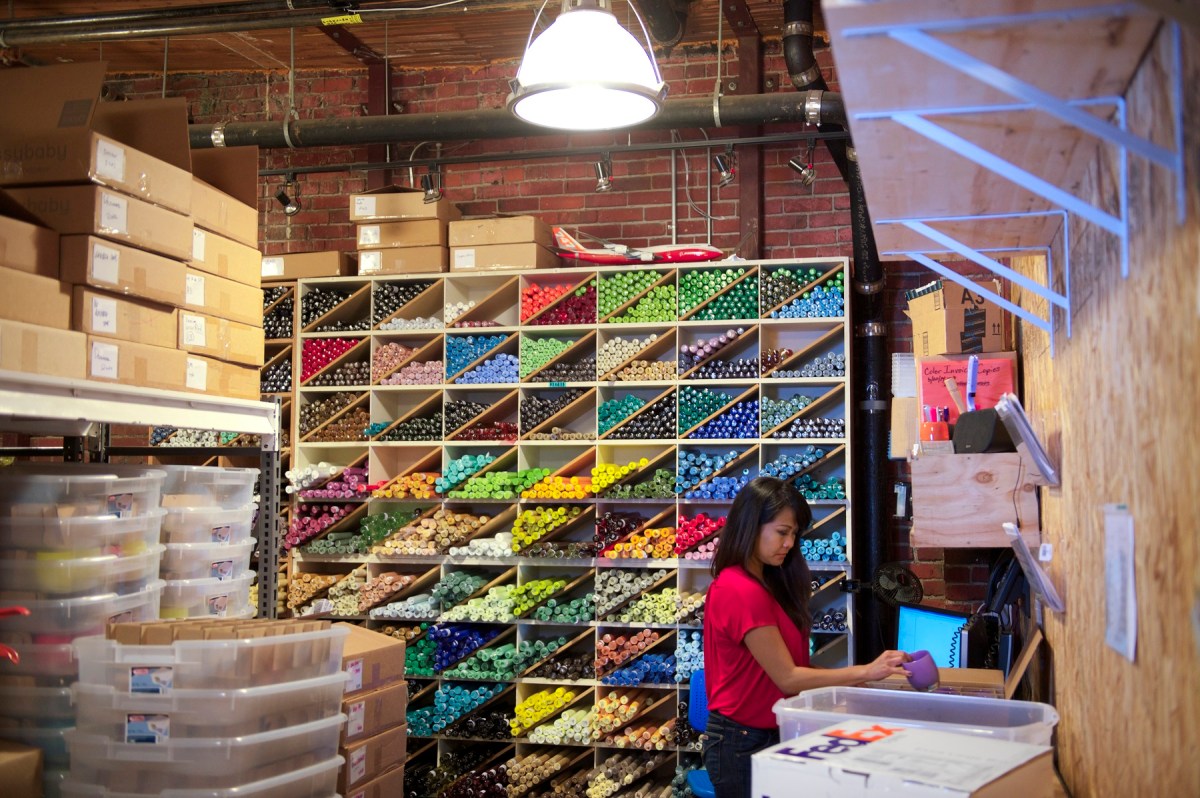Achieving the fastest possible delivery times has long been the holy grail for most Australian e-commerce providers. As consumer expectations shift and sustainability becomes an essential part of good business practice, how can SME retailers balance cost, speed and sustainability within their logistics and position themselves for success?
According to a recent E-Commerce study conducted by FedEx, 71 per cent of customers indicated that when choosing who to buy from, knowing whether an e-tailer uses sustainable delivery services impacts their decision-making. This contrasts with data from the retailer side, where almost the same number of SMEs (72%) believe their customers are more interested in receiving their goods as cheaply as possible than shopping sustainably.
While there is a discrepancy between customer expectations and their actions, the study revealed a disconnect between what SMEs believe and what their customers are looking for, which in turn presents opportunities with genuine advantage for smart Australian retailers.
When viewed from the perspective of the logistics sector, these tensions around market requirements for both speed and sustainability are key drivers in our future planning, particularly as it relates to the most carbon-intensive stage, the last mile delivery.
Over the longer term, the transition to a carbon-neutral logistics sector will require significant investments in technology and infrastructure all of which is a priority focus for FedEx over the coming years. While there is more work to do in this space, SMEs looking for short-term advantage, demonstrating values provides an opportunity to win market share.
At its core, this opportunity demonstrates sustainable credentials through proactively educating and supporting customers to make greener delivery choices, while backing it up with sustainable business practices in the packaging room.
Select slower delivery for a better planet
While it may seem counterintuitive, offering customers the option for slower deliveries is an effective way of reducing carbon footprint. Educating and encouraging customers to select slower deliveries helps reduce the number of trucks that are not fully loaded, leading to fewer partially loaded trucks on the road. The obvious benefits are reduced CO2 emissions and decluttering of roads.
Parcel points over direct-to-home delivery
With the last mile delivery amongst the most carbon-intensive parts of the logistics chain, providing customers the option to deliver to numerous parcel points across Australia helps reduce the number of delivery vehicles on the road. Enabling customers to choose the locations of their deliveries facilitates the collecting of all parcels in one go and avoids the need for carbon-intensive multiple delivery attempts.
FedEx Delivery Manager offers the option for customers to nominate where and when their shipments are delivered, which minimizes the number of trips couriers need to make resulting in reduced carbon emissions.
Adopt sustainable packaging
When it comes to packaging, there are a few simple things you could do to reduce or eliminate waste.
Choosing the appropriate box or package size goes a long way to helping the environment. Go too big, and you will need extra cushioning materials, like bubble wrap and packing peanuts – ultimately creating more waste. Go too small and the seams can rip or burst, or it may not have the cushioning materials needed to protect the item. Eventually, the item may be sent back to you for repackaging and reshipping, which adds unnecessary miles to the journey.
Central to this is investing the time to train your packaging team. If teams are well-trained around appropriate box size selection for specific items or the number of items, the results are improved efficiency and waste-reduction.
E-tailers should also think about choosing a packaging option that best meets the environmental needs of their customer. You may want to explore compostable packaging but do bear in mind whether your recipients have the know-how or access to composting these materials. Or would they be more likely to recycle a corrugated box through local services. If you are unsure, think about speaking with your customers directly. Engaging them and genuinely listening as part of your sustainability process shows that you are interested in making a change.
Empower customers through combined shipping
Allowing customers to select the ‘fewest possible packages option’ leads to less wasted packaging and trucks needed to deliver packages. When combined with other sustainability initiatives, the benefits to the environment is magnified.
Partner for values, not just value
While incorporating sustainable practices into your retail business is crucial, it should also extend to your partners.
Selecting the right partners that share the same vision to deliver on sustainability, speed, and lower prices is the best way e-tailers can ensure they match their customers’ environmental expectations.
FedEx, for example, has a myriad of initiatives in place to carve out carbon emissions from the delivery cycle and achieve carbon net zero operations by 2040. As more and more customers look for businesses that act sustainability, make sure you are not left behind.
Visit FedEx Business Insights to learn more on how you could improve sustainability in your logistics operations.
Peter Langley is regional vice president at FedEx.

